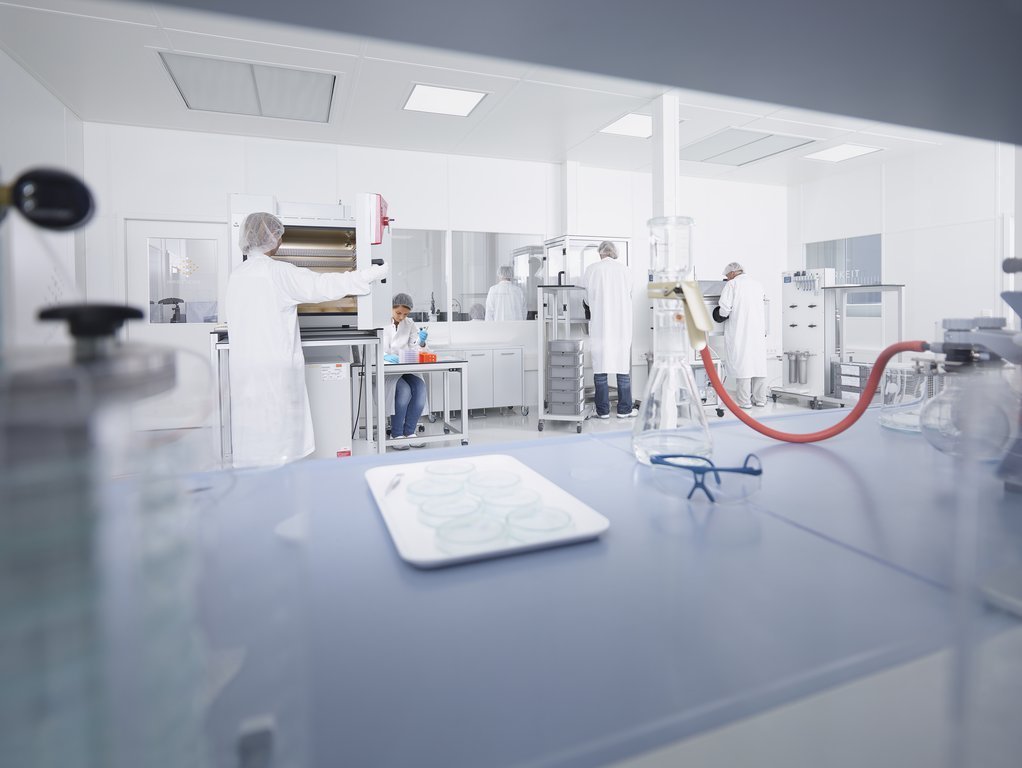Standard cleanliness inspection /
residual particle contamination analysis
according to VDA 19.1 (2015) / ISO 16232:2018
A standard cleanliness inspection is carried out in accordance with the indirect test methods specified in VDA 19.1 and ISO 16232:2018 by means of extraction, analysis filtration, light-optical analysis and evaluation with documentation of the inspection process and the test results. In addition, a large number of company standards have to be taken into account, which often refer to VDA 19.1 / ISO 16232 with regard to test procedures, but also specify specific test procedures.
The first step in determining the test procedures is therefore the determination of the requirements based on the component drawing, drawing entries and the relevant standards. This check is already carried out by CleanControlling with your inquiry and the preparation of the offer and is finally documented with the preparation of the test specification. Basis for this preliminary check is the standards library of CleanControlling with more than 1,000 company standards, which are almost completely reviewed and interpreted with regard to their execution and whose test procedures are established.
The execution of the cleanliness test itself is based on the extraction procedure developed and defined in the previous qualification test by means of a decay measurement, taking into account the starting parameters defined in VDA 19.1 / ISO 16232 for the respective extraction method.
The scope of test methods of the standard cleanliness inspection by CleanControlling includes all relevant extraction procedures:
- Liquid extraction: pressure-rinsing, internal rinsing, agitation and ultrasonics
- Manual air extraction: air jet extraction in the extraction cabinet and rinsing of the extraction chamber.
With the standard analysis, the particle contaminations separated on analysis filters are measured light-optically, counted and typed as metallic shiny or non-shiny according to metallic shine behaviour. In addition, the standard analysis also includes the gravimetric evaluation of the residue weight of the total particle mass, if required.
Profile
| Typical industries | automotive and component supplier industry, precision mechanics, cleaning technology |
|---|---|
| Type of contamination | particles from manufacturing process on component surfaces |
| Result microscopy | count per size class from 25 µm particle size, metallic shiny / non-shiny / fibres |
| Result Gravimetry (if requirements exist) | Total mass of extracted particles in mg |
| Test objects, inspection lot size | group components together as an inspection lot to form a total area to be sampled of approx. 200-500 cm². |
Further Information
These tests are part of our accreditation, detailed information on the scope of accreditation can be found here.
You can also find detailed information on test procedures and test standards in our Infothek.
If you have any questions, the employees from our sales team will be happy to help you.
Newsletter registration

